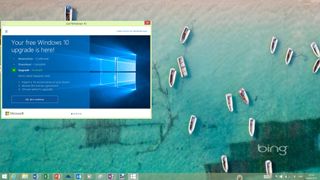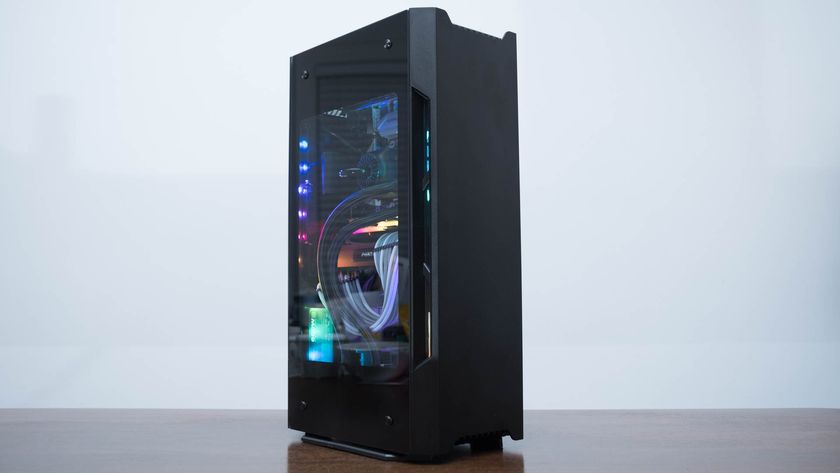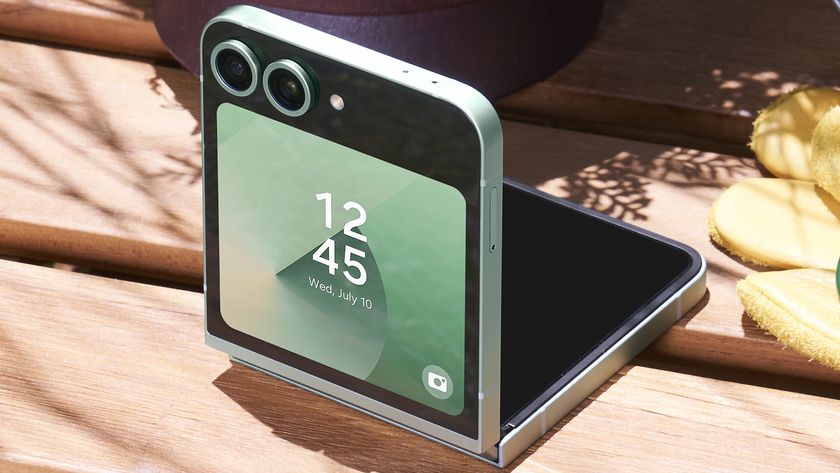What's the real story behind Windows 10 racking up 200 million installs?
Redmond has achieved success by changing consumer habits
Is Windows 10 really a hit?
Even though there is a ripe market, most of the sales of Microsoft's new OS have been in the consumer market. It begs the question for larger companies – is Windows 10 as popular as the 200 million installs seems to indicate? Kleynhans says it's important to evaluate the actual operating system, its features and UI, and plan your strategy rather than give in to the hype.
For starters, there are some features that look attractive but may be superfluous. One is Windows Hello, the authentication system that can use a fingerprint reader, your face, or your iris. The biometric technology involved already exists from vendors like HP and Lenovo.
"Only a handful of devices have shipped that enable Hello – most notably Microsoft's Surface Pro 4 and Surface Book but not much else," says Kleynhans. "It was a nice feature for the ads, but the market wasn't ready with the devices needed to support it. To the best of my knowledge there still isn't a consumer-friendly aftermarket option for adding Windows Hello to your PC."

The one billion target
200 million devices is an incredible number. What's even more incredible? The ultimate goal of one billion devices, a number that Microsoft has stated publically without giving a detailed timeline for when it aims to hit that major milestone. It's a given that the market has to expand well beyond the consumer sales we've seen so far and reach critical mass in business.
"It is reasonable to assume that by the end of 2018, hitting that target should be straightforward if enterprise upgrades continue and as long as the consumer PC market doesn't get too much worse," says Kleynhans. "It would be surprising but not impossible by the end of 2017. That would require a sharp jump in users taking the free upgrade – which may still happen – and companies to move at lightning speed through their testing and deployment."
"For Windows 10 to be widely accepted, it has to replace the remnant of Windows XP and all the Windows 7 that's out there," adds Kay. "I think the company has made the point that Windows Vista and Windows 8 are not real problems from an upgrade point of view. Three years sounds reasonable, although in a bad economy, people will hold onto computers longer."
The final analysis? Microsoft is on a roll with consumers, and that should make you pay attention. It should not change your rollout strategy. As usual, the numbers point to a positive trend, even if the numbers don't always tell the whole story.
Are you a pro? Subscribe to our newsletter
Sign up to the TechRadar Pro newsletter to get all the top news, opinion, features and guidance your business needs to succeed!
John Brandon has covered gadgets and cars for the past 12 years having published over 12,000 articles and tested nearly 8,000 products. He's nothing if not prolific. Before starting his writing career, he led an Information Design practice at a large consumer electronics retailer in the US. His hobbies include deep sea exploration, complaining about the weather, and engineering a vast multiverse conspiracy.











